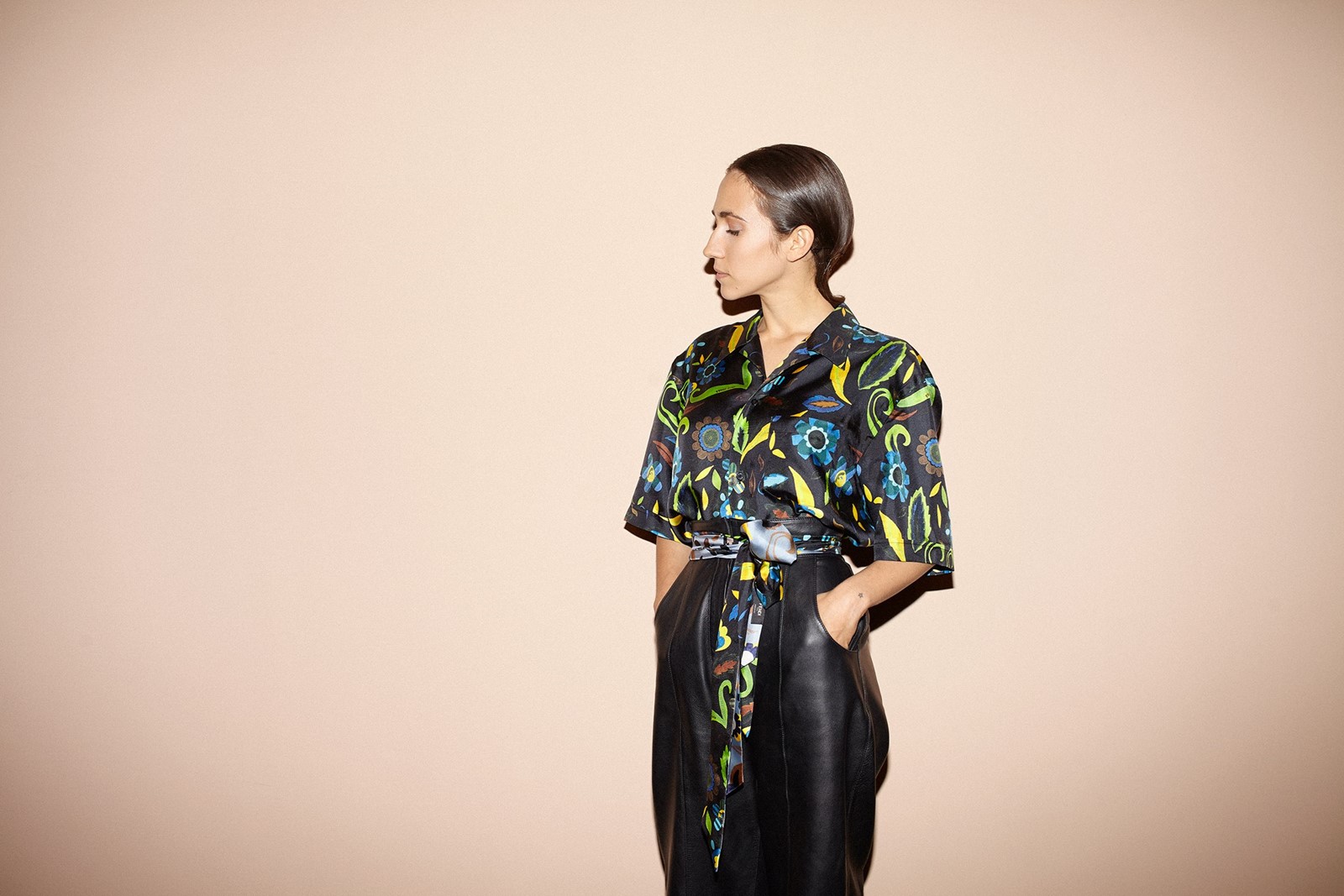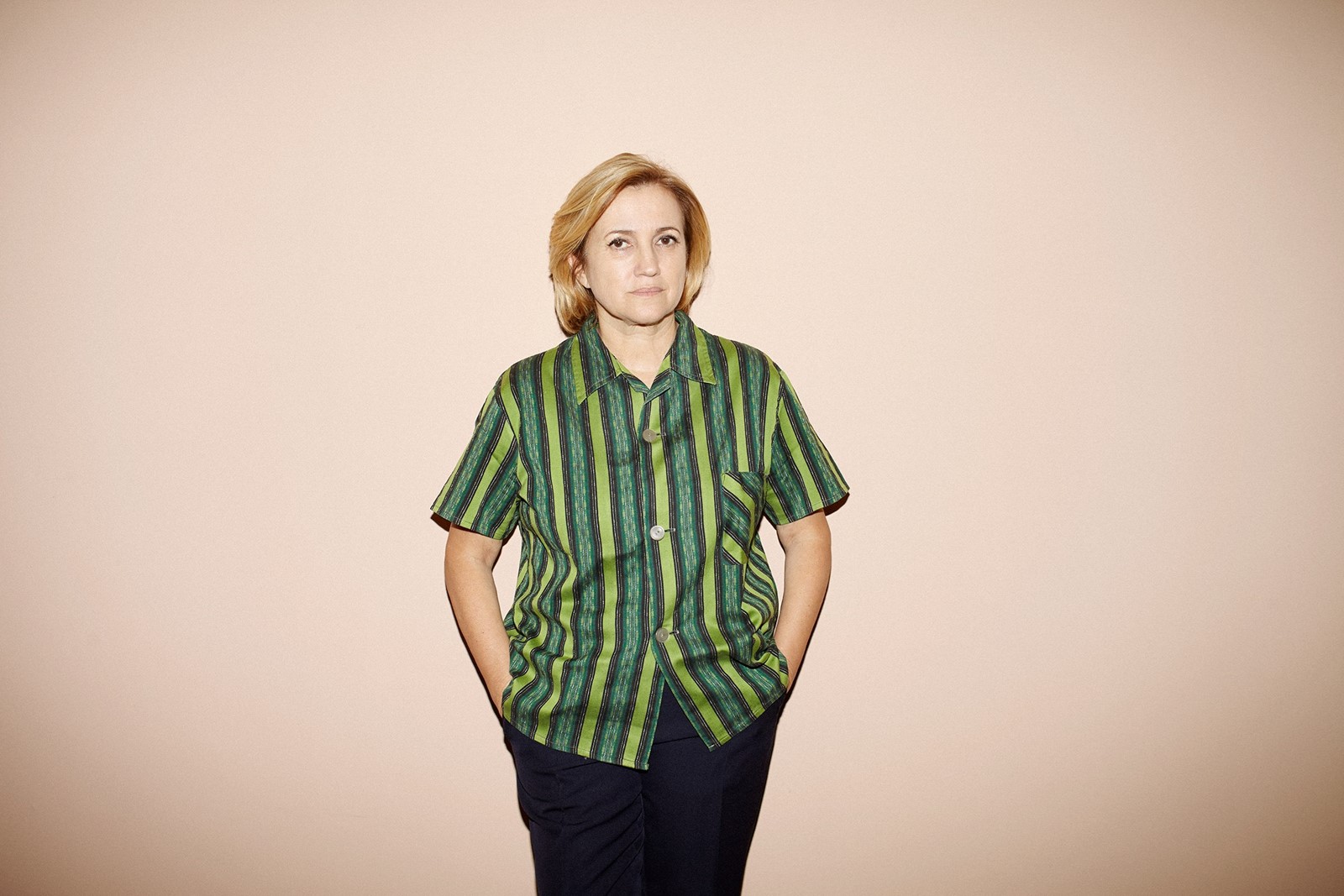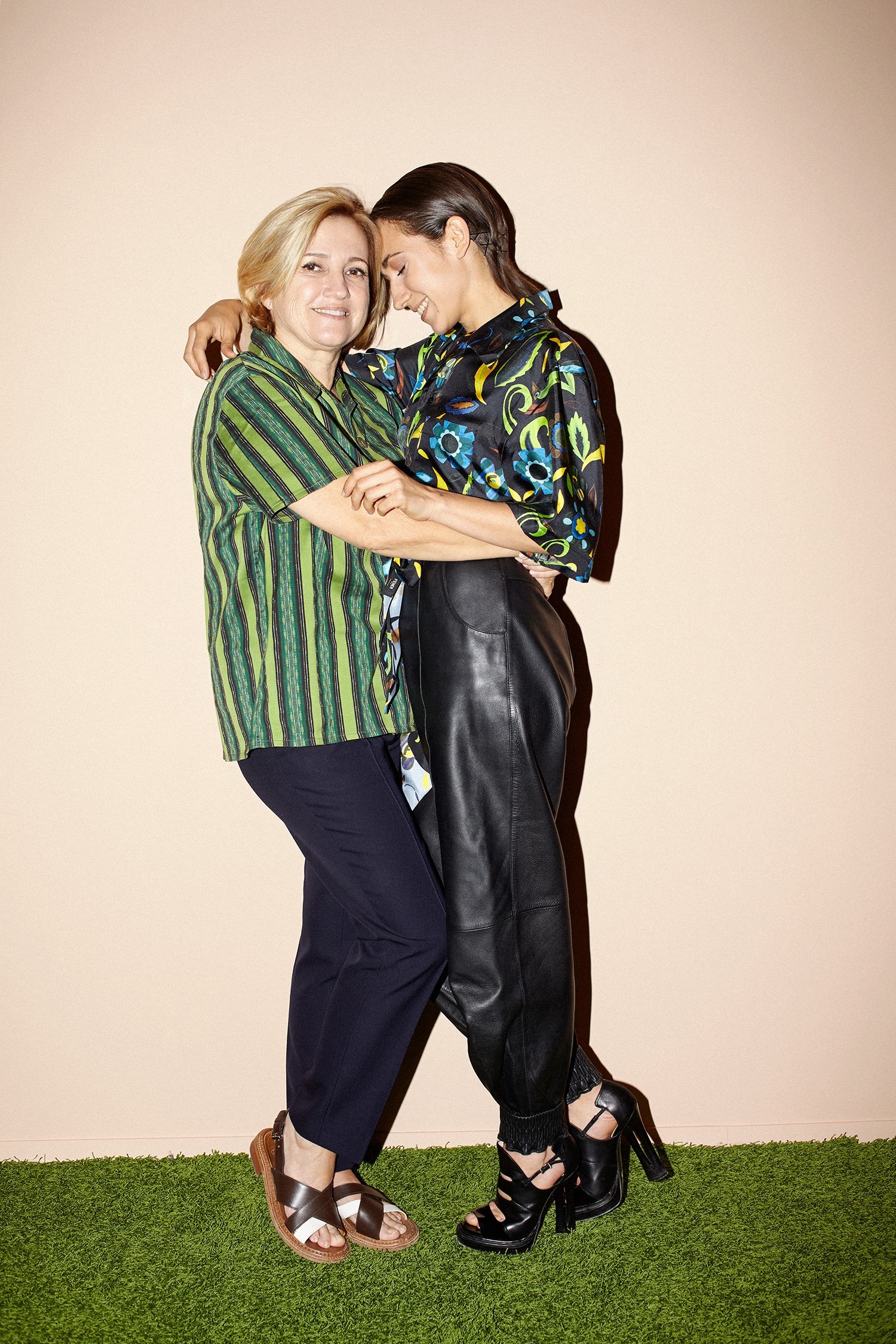When one considers the familial dynasties that hold court within the fashion industry – the Missonis, the Versaces, the Etros, to name a few – there is one whose story stands apart, whose strength stems almost entirely from the female side: the Fendis. This family comprises four generations of women who have made their surname synonymous with irreverent, impeccable luxury, and whose presence in contemporary fashion is as relevant today as it was when the house, now celebrating its 90th birthday, was first established.
That initial establishment came courtesy of Adele Casagrande, who opened her fur and leather workshop in central Rome in 1918 before renaming it in her husband Edoardo Fendi’s honour in 1925. Then, the business was taken under the reign of their five daughters – Paola, Anna, Franca, Carla and Alda – and it is Anna’s daughter, Silvia Venturini Fendi, who has occupied the role of creative director for menswear and accessories in recent years (her own daughter, jewellery designer Delfina Delettrez, occasionally collaborates with the house). However, there is one man whose presence within Fendi’s history is immutable: Karl Lagerfeld, creative director of fur and women’s ready-to-wear. He has now been at the house for over half a century – ever since the aforementioned daughters reportedly went against their mother’s wishes and recruited him to modernise the brand’s aesthetic – and frankly, if you’re to select one man to enter your family, he’s a pretty good choice. According to these women, to be born a Fendi is to grow up sitting on Karl’s knee, to fall asleep amidst piles of furs in the studios, to stand on a runway as soon as you can walk. But “for me it was normal,” shrugs Silvia. “It wasn’t until I went to school that I understood I was different.” Then, her afternoons and holidays were spent searching for excuses to visit the atelier, both to see her mother (who worked there day and night), but equally because the adrenaline that pumped through those rooms was magnetic: after all, it was where she would find her father figure, Karl.

“At first, I didn’t even know if he was a painter, or an artist,” remembers Silvia, who speaks of M Lagerfeld with a combination of intimacy and reverence. “I just remember feeling the excitement that came from being around him, and understanding that he was very important to my mother simply because she was totally committed to him. If Karl was there, she wouldn’t come home.” So, with her mother stationed at the studio, it was their actual father who would cook the family meals – certainly a modern turn of affairs for a mid-century Italian family – but it was still Anna who would art-direct them, ever present at the centre of it all. In fact, even though “she couldn’t make an egg”, she was so devoted to aesthetics that her instruction extended beyond table settings or cutlery choices, and into the food itself. “For many, many years we ate by colour,” laughs Silvia. “There was the blue period, the green period, the black period… All my friends would love to come over, because we’d serve blue rice for dinner, up until my mother realised she was poisoning us with chemicals.”
“For many years we ate by colour. There was the blue period, the green period, the black period... All my friends would love to come over” Silvia Fendi
This sort of story, of a bizarre but charming childhood, is embedded within the Fendi family history, as much a part of their narrative as furs or fabrications. While the five sisters were known to fall asleep in the atelier’s handbag drawers, Silvia and her sisters were often taken for orphans by passers-by because they were only ever dressed in black (“I would have loved a pink dress, but my mother said it wasn’t sophisticated, so I couldn’t have it,” she says). In turn, for six years Silvia moved daughter Delfina’s birthday by a month in order to accommodate the frantic fashion show schedule; back then, Fendi held their Spring/Summer collection at the start of October, so “I told her she was born in November”. While these stories could be told sadly – poor little orphans, poor little Delfina, living in a home where fashion takes precedence – both women giggle as they recount them. After all, an ordinary childhood pales in comparison to the opportunities that being a Fendi affords: as Delfina explains, “I grew up surrounded by this alchemy of amazing people and fabrics and shapes, and infinite possibilities.” When it’s put like that, what does a rescheduled birthday party matter?

These days, things are slightly different: Silvia, and at times Delfina, are now the only Fendis who officially work for the house – although familial dinner table conversation still seamlessly oscillates between the weather and recent collections. In 2001, LVMH bought the brand, and the other Fendis pursued alternate careers – Silvia’s sister Ilaria (formerly a part of the creative department) bought a farm just outside Rome and later launched an ethical design range; Maria Teresa (previously in communications) is now dedicated to raising her children. “Everybody decided in a very free way what they wanted to do,” explains Silvia, who asserts that the company still very much maintains a family spirit. “Now, yes, we work a lot, but respect and kindness and generosity – those sentiments that are normally reserved for the private sphere – remain present. Still, after all these years, I’ve never heard Karl screaming at someone.”
“Still, after all these years, I’ve never heard Karl screaming at someone” Silvia Fendi
What this shift in recruitment also means is that the house is now clearly a meritocracy. “When you are part of the family and the business, people will always ask the question, ‘Is she just there because she was born into it?’” says Silvia. “Now, if I am here, or if Delfina collaborates with Fendi, it is because we are good designers.” It is precisely the same reason that Delfina dropped the Fendi from her name before launching her own jewellery line in 2007. “I wanted to prove to myself that I had a reason to be doing this, that it wasn’t just because of my name,” she says. “So I proved I had a vision and later, when Fendi asked me to collaborate, it was as a designer and not a daughter. In a way, I circumnavigated Fendi before coming back in for a few chapters through a side door.” Thus, what these two women – and all those who came before, and alongside them – have achieved is impressive irrespective of their surname. “The Fendis were feminists without being feminists,” concludes Silvia. And, standing alongside Karl, they paint a perfect, and powerful, picture.
The story originally appeared in AnOther Magazine A/W16.
